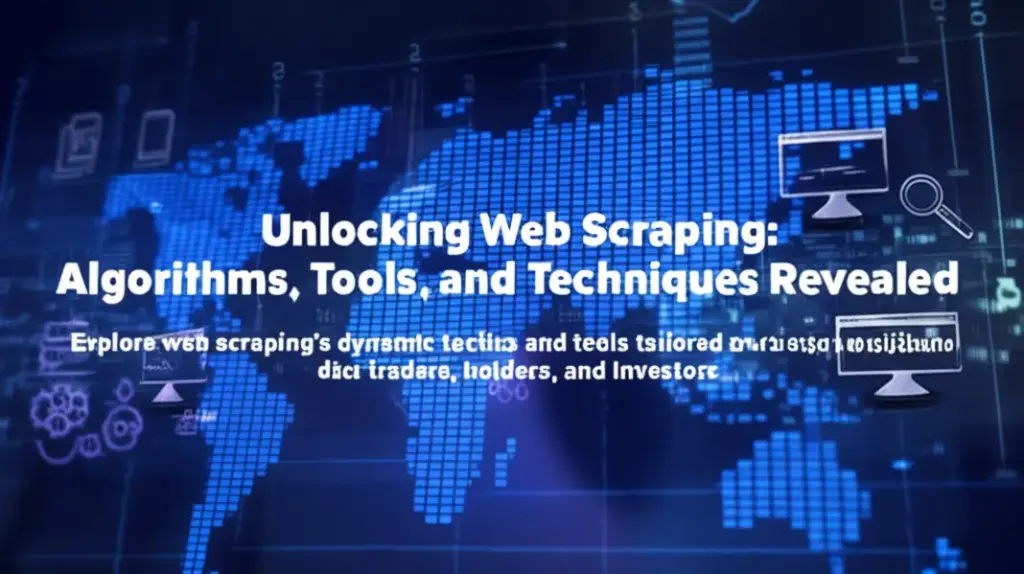Web scraping empowers traders, holders, and investors by extracting valuable online data. Discover how tools and techniques enhance data collection.
The Art and Science of Web Scraping: Tools and Techniques Unveiled

Web scraping, an essential technique within the data professional’s toolkit, involves a symphony of specialized tools and strategies tailored to the nuanced demands of modern data extraction. From simple web pages to complex, JavaScript-heavy sites, each presents unique challenges that require a blend of creativity and technical know-how.
Whether you’re a seasoned coder or a novice embracing the capabilities of no-code platforms, the landscape of web scraping tools offers a rich variety of options. In the realm of no-code and low-code platforms, solutions like Octoparse, ParseHub, and Import.io shine as powerful allies. These platforms offer intuitive interfaces that allow users to bypass complex coding by employing point-and-click functionalities. They excel at extracting data even from sophisticated website architectures, like those with infinite scrolls and multi-layered data displays, providing outputs in accessible formats such as CSV and Excel.
For those who prefer to dive deeper into the mechanics, open-source frameworks like Scrapy offer an advanced, flexible approach to web scraping. Scrapy, in particular, stands out with its ability to handle high-speed crawls, integrated support for the parsing of robots.txt files, and a robust pipeline for exporting data directly into databases like PostgreSQL and MongoDB. Its Python foundation makes it an appealing choice for large-scale projects, providing speed and efficiency where other tools may falter.
Dynamic web content presents another typical hurdle. Sites loaded with JavaScript often require browser automation tools like Selenium and Puppeteer. These tools simulate user interactions, allowing the scraping process to access and extract dynamic content seamlessly. This method can be optimized by disabling non-essential web page elements such as images and CSS to speed up data retrieval.
Addressing the risk of being blocked by websites presents a different set of challenges. Techniques that mimic human browsing behavior are essential. Strategic rotation of User-Agent headers, employing services like ScraperAPI to manage proxy servers, and introducing deliberate delays between requests are effective measures to avoid detection and subsequent blocking.
Once extracted, the data often requires cleansing and structuring. Utilizing regular expressions helps remove unwanted artifacts like whitespace or special characters from the raw data, ensuring the final dataset is clean and ready for analysis. Tools and frameworks provide robust data export options, directing outputs into formats that best serve the analytical workflows awaiting them.
Navigating the expansive world of web scraping necessitates an understanding of both the technological tools at your disposal and the ethical considerations guiding their use. The adherence to website policies laid out in robots.txt files is not just a legal obligation but also a professional courtesy, respecting the boundaries set by content owners.
The advancing field of web scraping continues to evolve, offering more sophisticated tools and techniques to harness the web’s vast repository of public data. Whether for market research, AI development, or competitive intelligence, the tools and techniques of web scraping remain an indispensable resource for unlocking volumes of valuable information subtly hidden in the digital ether.
Final thoughts
Harness web scraping tools to gather insights, offering traders, holders, and investors a competitive advantage.
Ready to elevate your business with cutting-edge automation? Contact Minh Duc TV today and let our expert team guide you to streamlined success with n8n and AI-driven solutions!



